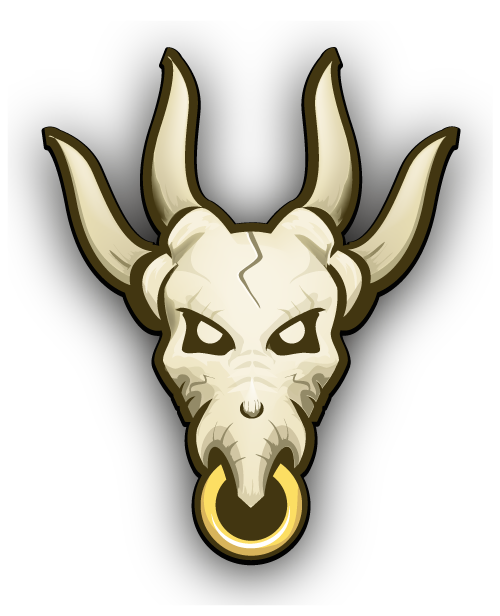How to make a board game prototype – There are 2 ways of looking at how to make a board game prototype. This article covers both creating a low fidelity mock-up – a homemade tester. And the rough stages of creating a pre-production proof of concept. A smarter-looking board game prototype.
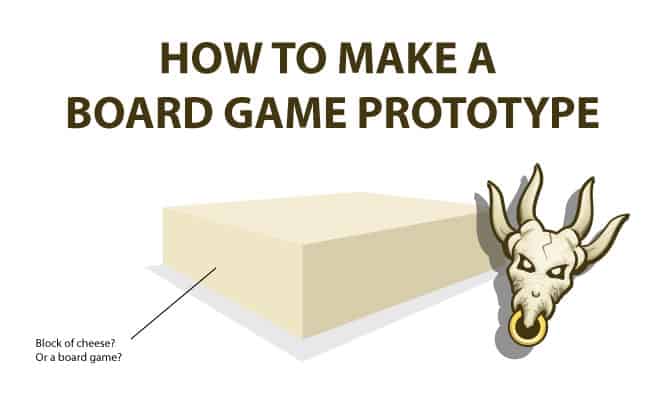
There is a level of completion and polish to consider when you make a board game prototype. This is important to note, as the time to complete the different stages of a board game prototype can be substantial.
For example. Creating a low-fidelity board game prototype to test the board game mechanics can be made at a very low expense. Paper, pencils, and pennies can be enough.
Creating a crisp white box mock-up of your board game can also be done at a relatively low price. More on how much to make a board game is discussed here.
In order to create a prototype that you want to show the world, and win backers that aren’t family and friends… this will require a different level of time and energy to create!
I shall try to answer for both types of prototype creation – fan game / early mock-up and the polished prototype. Both answers hone in and focus on board game prototype creation in stages.
“Play it before creating all the art…”
Or you can jump to sections –
- Creating a home or hobby board game prototype
- Creating a board game prototype
- Making a board game prototype – Detailed Steps
How do you make a board game prototype? A hobby / fan game
If you decide to make a hobby or fan game, you don’t need to spend a fortune to create it. Especially as it is only for personal and family entertainment.
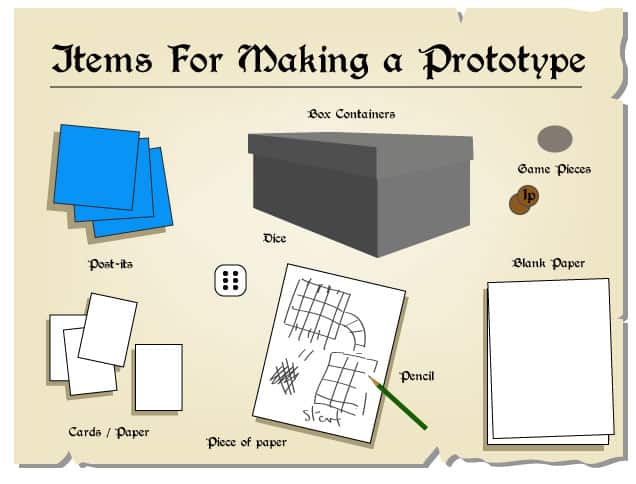
But I would be very wary of the word ‘fan game’ or creating fan-based content. Some companies are extremely protective of their intellectual property. Even if you are only creating fan content for personal enjoyment – avoid stepping on toes.
I have written a post here which covers a bit more about recasting. It should be noted here, that recasting is, by and large, illegal in the UK. Keep that in mind when creating games, or components. This can translate to copyright also.
Just be wary – even for a personal project where creating fan content can lead. Especially if the game that has inspired the fan content doesn’t encourage or allow fan content.
Setting aside the convoluted copyright technicalities of what fan content is and what you can create. Which differs from company to company. Some companies actively encourage you to create your own parts of the game or game sceneries.
Children often learn and copy by creating fan content of their favourite board games.
To create your own personal project or a game project with your children. You don’t need much in the way of components.
Minimum components to create a hobby or home prototype
You don’t need much to get started with creating a home or hobby game! As a bare minimum to create your homemade prototype, you will need:-
- An empty box to store your components – packaging.
- Post-its and or scraps of paper
- A spare dice can be a great help
- Nic-naks to act as game pieces
- Pen or pencil
Making a home-made board game prototype – bonus tips
For a home-based project, why not create your own artwork on some paper and stick it down onto your container box? It can add some character to your homemade packaging.
Print a volume of blank cards and draw your own. You can buy blank cards too if you would prefer. You don’t need meeple straight away. This can always come after you have used a penny as a game piece after a while.
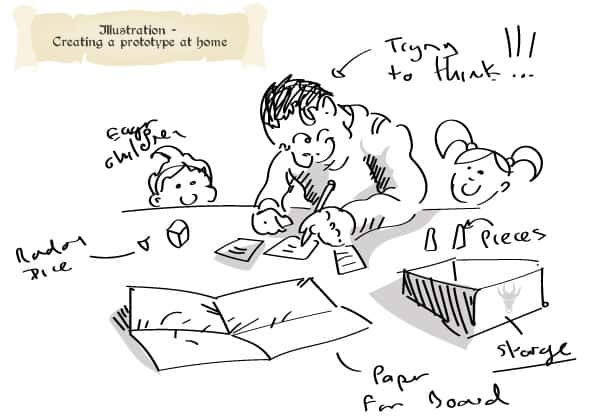
Creating a hobby/fan or home project board game prototype need not cost a lot of money.
Creating games this way can be a great way to occupy your children and get them involved in something creative and potentially sociable.
If you are just exploring the world of board game creation. Creating homemade mock-ups can be a great learning experience. Making games at a commercial level is not easy.
When considering how to make a board game prototype, even at a basic level – a lot of time and effort needs to go into making it work.
Creating a rough and ready homemade mock-up is a great trial-and-error exercise. This can be a great way of play-testing your game before you move on to the artwork.
I have jotted down a rough list. The graphic is also free for you to save, download or do as you please.
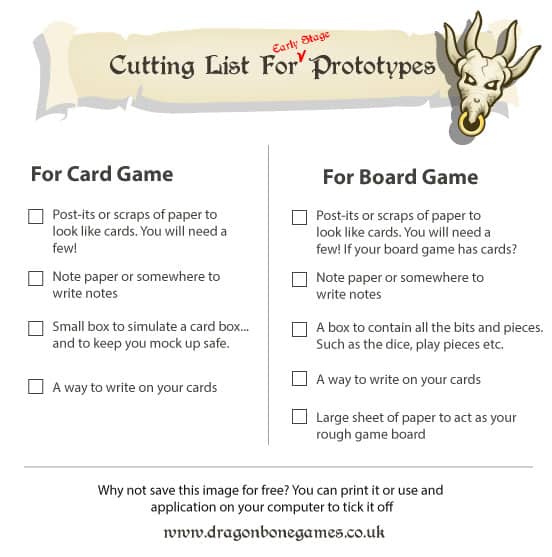
“The look and feel of the game is important. But it should not preside over being a playable card or board game.”

How to make a board game prototype – Early component list – ( Polished Sample )
This is a short list of items and components to consider when making your homemade prototype game.
Prototype components:-
- Box or container
- Cards, if it has cards ( you can use either post-is or buy the cards )
- A board – see if you can find an old board in a charity shop and add new artwork. Or just fold up a large sheet of paper. Or buy some thick greyboard.
- Dice ( Plain dice are ideal if you want to add custom faces )
- Meeple or player pieces
- Something to write your rules onto – a sheet of paper
These components will be enough to help you to draft an early mock-up and prototype. The components above only need to be good enough for you in the early stages.
This won’t be enough for the pre-production artwork, more details on that later.
If you want to save time on the white box stages, then perhaps this will help.
Shortcut … Just buy the white box contents
You would be correct in assuming that this can be a very quick way of getting a prototype put together. You can find plenty of options online for creating white box prototypes and mock-ups.
These products look crisp and come with a range of components. They are great for making quick prototypes when you just want to get something done. They save time!
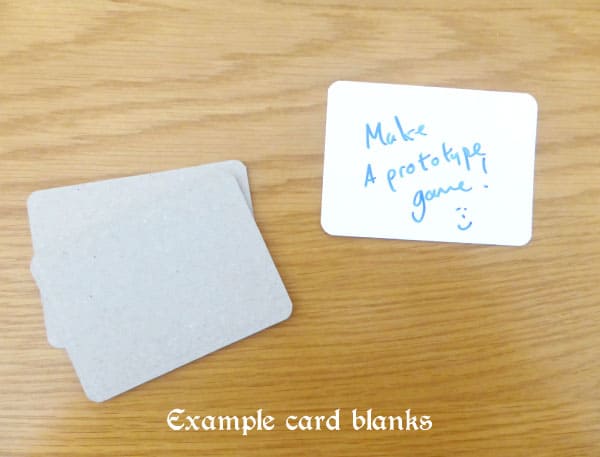
Buying all the pre-made components – which includes the box, cards, board, and game pieces is great if you just want to cut to the chase. Why faff cutting everything out and digging around for bits when you can just buy it as a kit?
These types of products are great for children too who are interested in making games.
With the white box-ready prototype, it may give you a better feel for how your game may look.
Another plus of getting a pre-made kit like this, you don’t need to see if the contents or your game will fit. It is a handy step to realise early on when you create your board game! Often a stage that is left too late on.
It may even help you with the budget of the board game too.
If you are wondering how to make a board game prototype quickly and easily in the early stages, this could be the way to go.
Buying the blank box is great too if you think your children will like something to colour in!
Thinking about creating a TTRPG – this rough pricing guide may help you.
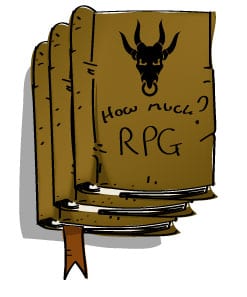

How to make a professional board game prototype – Advanced Overview
In a nutshell, in order to make a professional board game prototype, you will need to playtest your game, create some rough models and find a prototype printer to create a mock-up. Or a pre-production printer.
Those 3 steps are a huge simplification of how to make a professional game prototype. Here is a bigger explanation.
1 ) Rough Mock Up & Playtest
Begin with creating a rough and ready white box mock-up, or use simple paper models. Explore the game mechanics and playtest your own game in these early stages. Some board game developers are now using board game simulators (online) to see how their early board games work.
Once you have formed some solid rules and mechanics for your game, then consider how the game is going to look.
The look and feel of the game is important. But it should not preside over being a playable card or board game. Some may regard this as ‘putting the cart before the horse’ on your prototype!
Don’t obsess about the styling of the game or the artwork in the very early stages of playtesting.
If you get too carried away with the art in the beginning of the project, you are more likely to waste money… And have a lot of leftover artwork!
This is still true even if your game prototype is more narrative based. People still need to be able to play it.
Play it before creating all the art.
Once you have established the core game mechanics, it may also be worth finding external playtesters. Nobody likes to buy a pretty, albeit broken game. This picture shows a very rough mock-up!
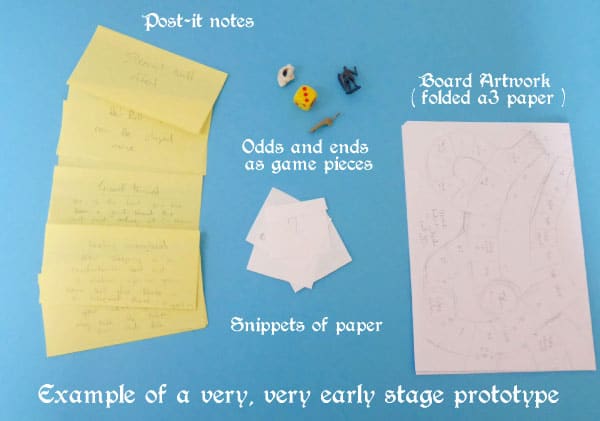
2 ) Creating a professional prototype – look at the visuals
After you have playtested your game, you will need to look at creating the design and artwork for your board game. You can either attempt to do this yourself or find professionals to help you with the artwork.
If you intend on selling the game at some stage, don’t scrimp on the artwork!
3 ) Find a professional printer for the game
You have created the initial board game mechanics, created the artwork, and commissioned the graphic art, you will need to find a board game printer.
Or, to be more specific, a prototype printer for your board game.
There is a reason for my specific wording for a ‘prototype printer’ or a pre-production print. In this scenario, there are 2 types of common printers you will find for your game.
One type of board game printer will only print in large quantities. These printers won’t do ‘short runs’. These are mass-production printers that do not cater to short production runs. Or sometimes, pre-production runs.
The second type is the smaller run type – the prototype printer. The ‘prototype’ printer is more likely to print in shorter quantities. These quantities can range from 1 copy to 200 + copies. Prices for the prototypes can vary too.
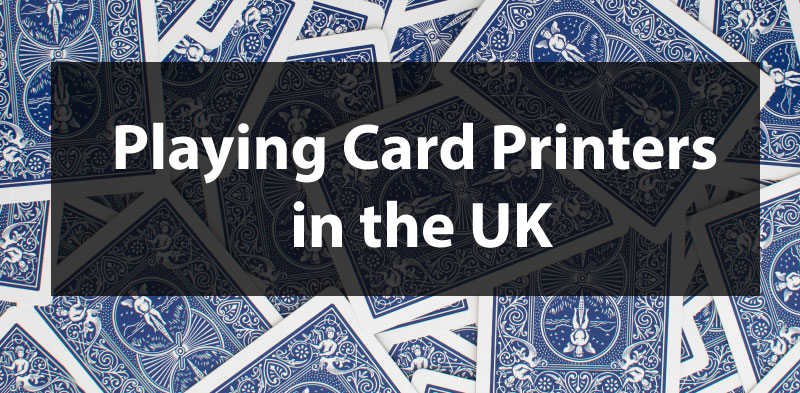
Getting your board game printed in smaller volumes in the early development stages is a very useful step. This phase of development will – theoretically – help to save time and money and hopefully reduce costly mistakes.
It is also an important stage for testing and measuring your game.
With your professional prototype, you can use these for playtests, sending to companies for marketing purposes, and visuals in a crowdfunding campaign. Etc etc.
Creating a physical polished board prototype is useful basically.
Below is a detailed breakdown of steps on how to make a board game prototype.
“People who can’t make heads or tails of your rules are likely to give up on your game and not play it again…”
Steps to make a board game prototype | Creating a slick game! ( Detailed Steps )
These are some of the steps you can take to make a pre-production model of your board game. Post coming up with a seed of an idea!
1 ) Game Mechanics & Rules for board game prototype
In this stage of creating your game, you want to establish what type of game you are wanting to create. You should also consider the basic rules of the game.
You can either write the rules down on a piece of paper, on a computer, or tablet.
In the very early stages of feeling my way through creating the rules, I personally opt for writing my initial ideas down on a piece of paper.
I find that I think more clearly and freely when I’m not sitting at my computer. Once I have carried out some early rough self-playtesting – I then start to start to type things up on a computer.
Also, don’t worry about making the rules look fancy at this stage.
2 ) Creating a very rough mock-up of your game
This doesn’t need to be your best bit of artwork. To create a basic board game prototype mock-up, you can use the following:
- Post-it notes for cards
- Plain white paper, and spare bits, like coins, pebbles, paper clips as play pieces – meeples!
- You can print the rules onto an A4 piece of paper. Or write them down using your pencil or pen.
- Post-its work well for cards as you work out what needs to be created later down the line
- Pencil + Paper ( of course )
( Although I never personally tested it. You can also use online board game simulators too in this stage. Or you can try both.
3 ) Playtest it – And playtest it again
Did I say playtest? When you are trying to make a board game prototype you need to playtest it. After you have established some of the core mechanics for your board game. Carry out some early play testing – with other people.
Take notes on how the game is being played.
Seeing genuine reactions can also be incredibly beneficial in making a polished prototype.
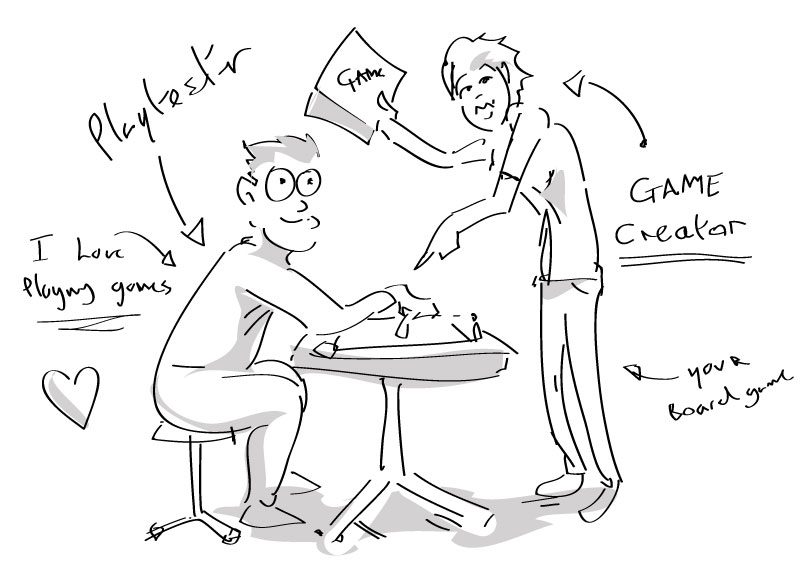
4 ) Review the mechanics of your prototype
Once you have completed the initial play tests, you should now look at what can be improved. Review your game and see what can be changed for the better! Does tweaking some wording benefit the player? Can you make it more fun or entertaining? Remember to make the games for the players – even if this is your passion project!
If possible, try your game again on another social circle – or find a group of beta testers ( after initial testers ( alpha ) ). Don’t leave all the debugging of your game to the last stage! That should be for tweaking and amendments only.
And, especially do not leave all the flaws for the customer to find when the game has gone production.
5 ) Consider the style, narrative, and appearance of the prototype
Now that you have got some solid foundations for the game mechanics and rules. Now you can start to dabble in the appearance of the game. You may have already started to visualise this in your mind’s eye – especially if this is a TTRPG.
Roughing out some artwork is an important step for the board game for a multitude of reasons. 1. being it could help to sell the game. 2. for story games… it helps to set the scene with the artwork.
(If you are considering making a TTRPG, then you may find this post helpful. How much does it cost to make a TTRPG? )
6 ) Create the polished artwork for the prototype
You have established the core gameplay, and have post-it notes and scraps of paper strewn everywhere.
Now you need to create polished artwork. To make a prototype that is just for hobby purposes, you may be able to source some artwork or create your own.
Amateur work in this instance will be suitable. But if you intend to create a professional prototype board game, this stage needs to be taken seriously.
As a prototype or pre-production sample. You need to create an inviting game if you want strangers to buy the game.
If you are looking at creating a game that could potentially sell in large volumes outside of Mum, Dad and friends. Then you ought to commission creative professionals to create the work. Creating shelf-ready artwork is not easy. It takes years of professional practice ( unless you are a design professional yourself – then go ahead ).
If your budget can’t stretch to commissioning a designer, then consider sourcing or licensing artwork. For cover work, there are plenty of gifted artists out there.
You can find professional artists and designers just by performing a simple search on the internet. Or by looking at places such as Artstation.
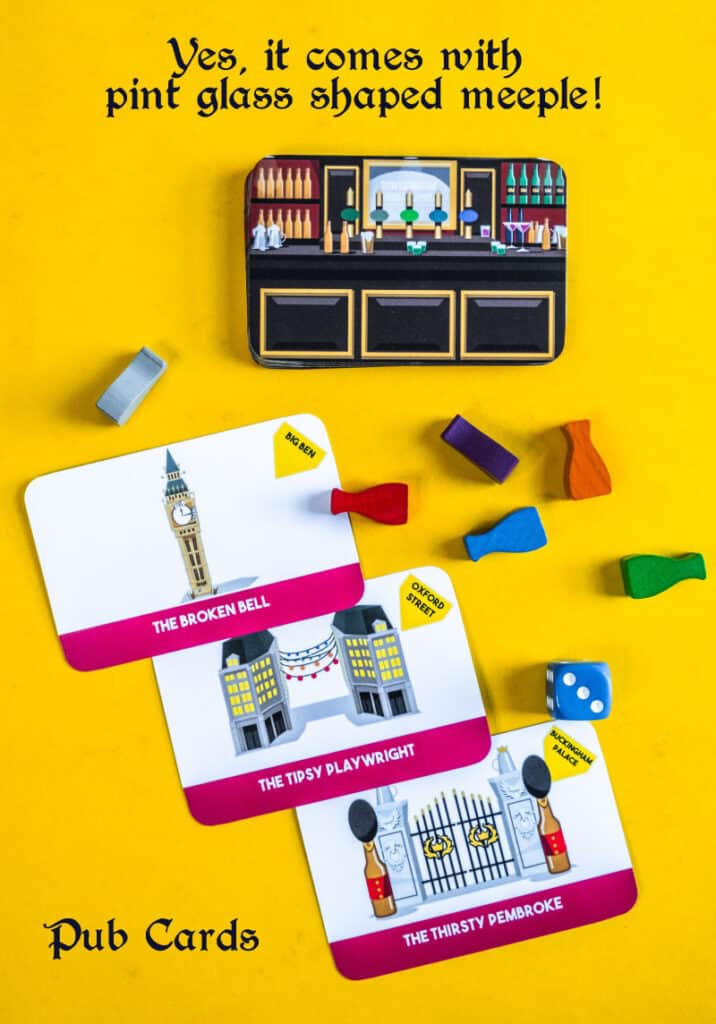
7 ) Write the text / Final Drafts
Whether this is for the narrative part of the game or the rules. You will need to write all the text ( copy ) to go with your game. The text is important, make sure your rules are easy to read and simple to understand.
Poorly written rules are enough to ruin a game!
Scrimping at this stage can undo all your previous efforts of play testing, creating cover art, graphic design, etc. People that can’t make heads or tails of your rules are likely to give up on your game and not play it again. Worse still, the word can get out that your game is unplayable.
If writing isn’t your thing. Then look at hiring a freelance writer or editor to smarten up your text.
8 ) Look for a prototype printer
When considering how to make a board game prototype, at some stage you will want to find a printer. A prototype or board game printer will help you in creating a polished playable prototype. Another name for a ‘board game printer‘ is a prototype manufacturer. ( list of board game / prototype printers here )
If you want to carry yourself and your board game in professional standing, a professionally made prototype or mock-up of your game is important. For numerous reasons that I won’t discuss in this post.
To create a worthy board game, you should consider getting samples of your game made for marketing and playtesting prototypes. This is a minimum requirement for professional board game developers.
Many budding board game developers get a professional mock-up. They will use these high-finish mock-ups for photography, social media, and crowdfunding campaigns. If they take the crowdfunding route.
You can get board game prototypes made in the UK, Mainland Europe or China. Here is a list of prototype and short-run board game printers in the UK.
9 ) Creating a board game prototype – the final step
If you have followed the guide above to create your board game prototype, then you should be in the latter stages of creating your first polished mock up! If you have made it this far, you should be proud. Many people give up and get worn out by this stage.
If you have completed the playtest, written everything required for the rules etc, created the first design drafts, and sent the game off to print. The next stage is to eagerly await your game prototype.
This can be both a nail-biting and nerve-racking time.
Every knock at the door and rummage around the outside of your letterbox will have you wondering if that is your game.
Depending on where you had your board game prototype game made. You will now need to wait for the game sample. Be excited, but don’t set your expectations too high on the first run of prototype printing.
You may need to make some minor adjustments to your game later on. Some product developers go through many renditions of their creations.
But for now, stand tall and feel proud! That is a general guide on how to make a board game prototype.
Conclusion – On creating a board game prototype
When considering how to make a board game prototype, you should consider 2 important outcomes.
Firstly are you only making a rough model or grey box model as a hobby?
Or are you intending in creating the prototype mock-up for the masses? With the potential aspirations to take his game to retail?
If it is the latter, your journey to creating a board game prototype may be more extended and require a lot more to get it near-shelf-ready.
If it is just a case of being a school project or a fan / hobby project. You may arrive at your goals much sooner.
In order to get started with creating your board game prototype. You will need to sketch down your idea, get some prototype components and build it from there. You don’t necessarily need the most expensive components, to begin with when creating your early mock-up. Some bits of paper or post-it notes will be enough. As mentioned in the steps above.

How to make a board game prototype… enjoy what you do!
Creating board game prototypes can be great fun. The excitement and fun of creating a game and product can be great for both the creator and those that will come to play your game later on.
Making a board game prototype is not a waste of time… even if it doesn’t quite go the way you planned the first draft. It’s a learning experience. Both creatively and from an enterprising standpoint.
‘Fun’ can have a place is business. Well… so I believe – sometimes.
Board game prototyping software
If you are in the early stages of making your board game prototype, another way to make your game is by doing so virtually first. From there, you can then look at printing and then playtesting your game. But, you will need to find some in-person beta testers.
Alternatively, I have also heard that this is a good way of doing beta testing for games. More can be read on the simulator on various Reddit threads. I have also heard of others using it before launching their games at UK Board game expos.
How to make a board game prototype – jargon and phrases
When starting your venture into creating board games and making board game prototypes. There are some phrases and board game jargon that may sound confusing to newcomers and non-game developers.
Here is a short list of some terms and phrases and their definitions.
- Board Game Prototype – The original board game model of which subsequent versions or prints are modeled and created
- Board Mock-up – A model or replica that is used for experimental or artistic purposes. An early board game mock-up could be an early experiment for example.
- Playtest – to test your game mechanics, and see what works and doesn’t work. Testing how the game plays.
- Board Game Playtesters – People and individuals that can do live tests of your board game mock-up/prototype.
- Prototype printers – companies or individuals that can print a few samples of your prototype.
- Board game mechanics – the way in which the game is played, the rules of play.
- Fan game – A fan-created game, mostly not for commercial purposes
- Copywriting – the text ‘copy’ for your game. This is all the writing that goes into your game.
How to print a board game prototype
In order to print a board game prototype that is good enough for display or use in crowdfunding campaigns.
You will need to find a prototype board game printer in your region or country. Or you could consider contacting board game manufacturers.
Some board game manufacturers print game samples and prototypes. But many, with a mass production-only business model, won’t consider making a game in low-order quantities.
When speaking to a board game manufacturer check that they can print samples of your game before going to mass production.
Also, when considering how to print a board game prototype at a professional level. You will need to create print-ready artwork. Such as the board, box, cards, etc.
You may find this article helpful – List of UK board game manufacturers. Or where to get your card game printed.
How to make a card game prototype – easily – (mock-up model )
To make card games easily, without technical skills, or prior experience in card games or software skills. You can approach the card creation step in 2 simple ways.
In order to make your initial card game prototype, you can use post-it notes as shown in the start of this article. Post-it notes are an inexpensive way of testing your cards in early gameplay stages. You don’t need to spend a fortune on fancy materials at this stage. Not only that, these can be recycled or re-used!
Or.
If you want to make a more highbrow – mock-up of your card game. You can always purchase dummy cards. You can also purchase entire dummy prototype game kits too.
Or to make it easier but more expensive, hire a card designer to create your cards for you.
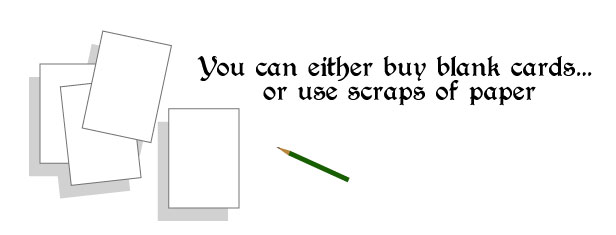
Other helpful posts around making board game prototypes
- How much does it cost to make a board game ( guesstimates )
- How much does it cost to make TTRPG ( guesstimates )
- Hobby project making a fan game
- Board game printing UK
- Spin Casting services in the UK for miniatures
- Card game printing in the UK
- UK Board game distribution companies
- Fulfilment companies for your game
- Injection moulding for miniatures
3rd party websites
Dragon Bone Games – steps on how to make a board game prototype.
